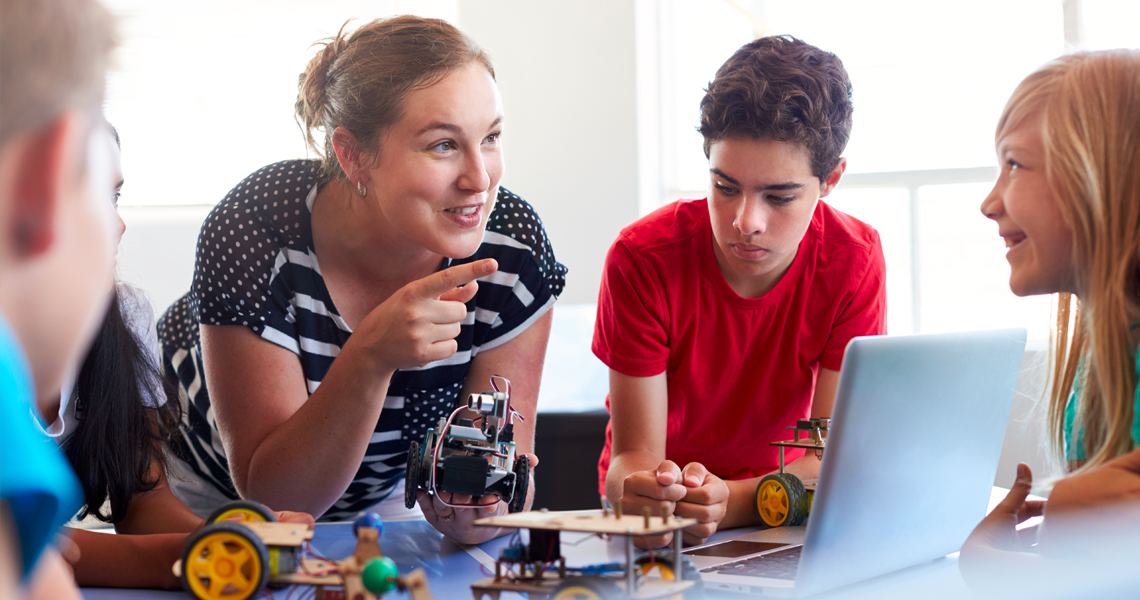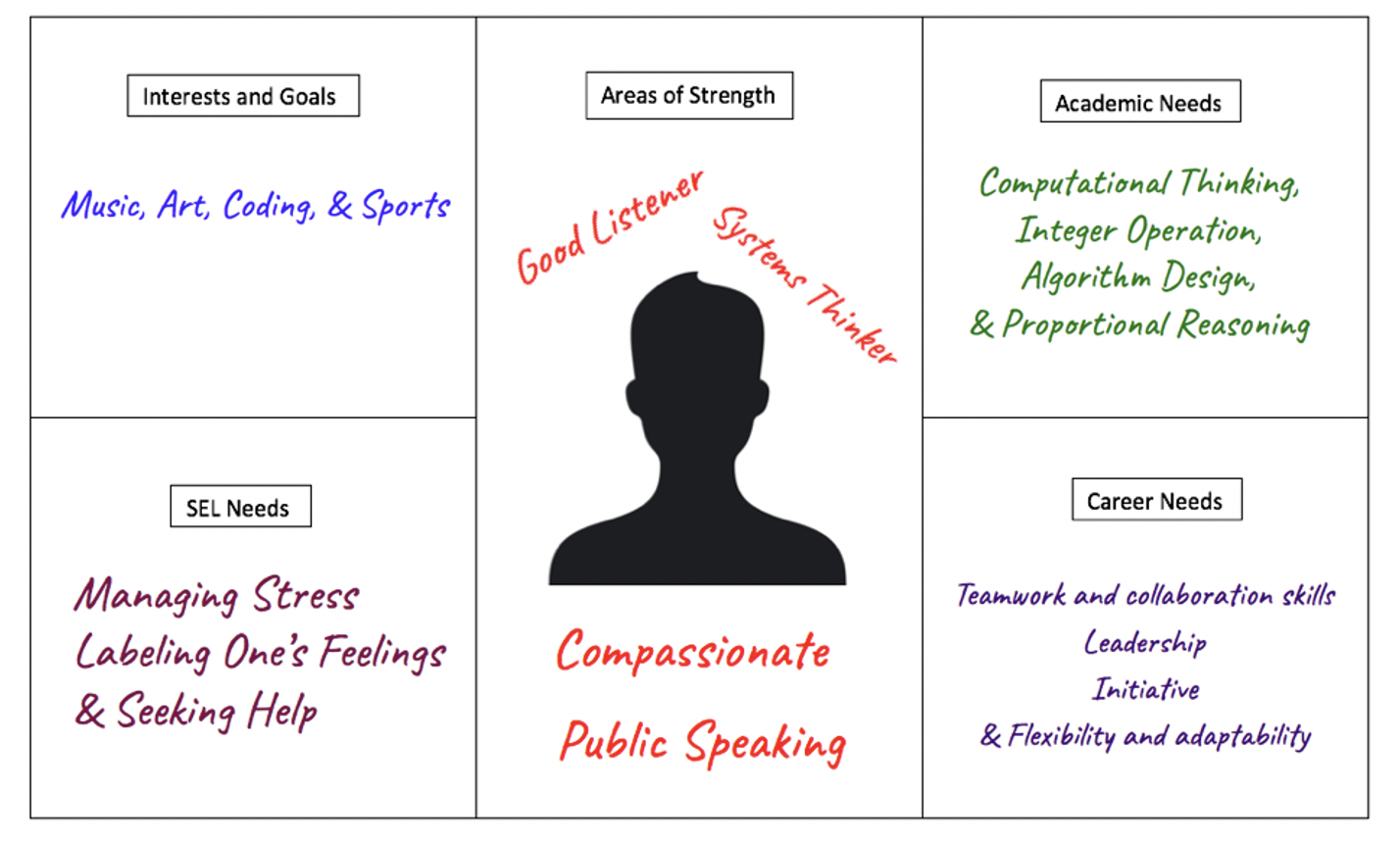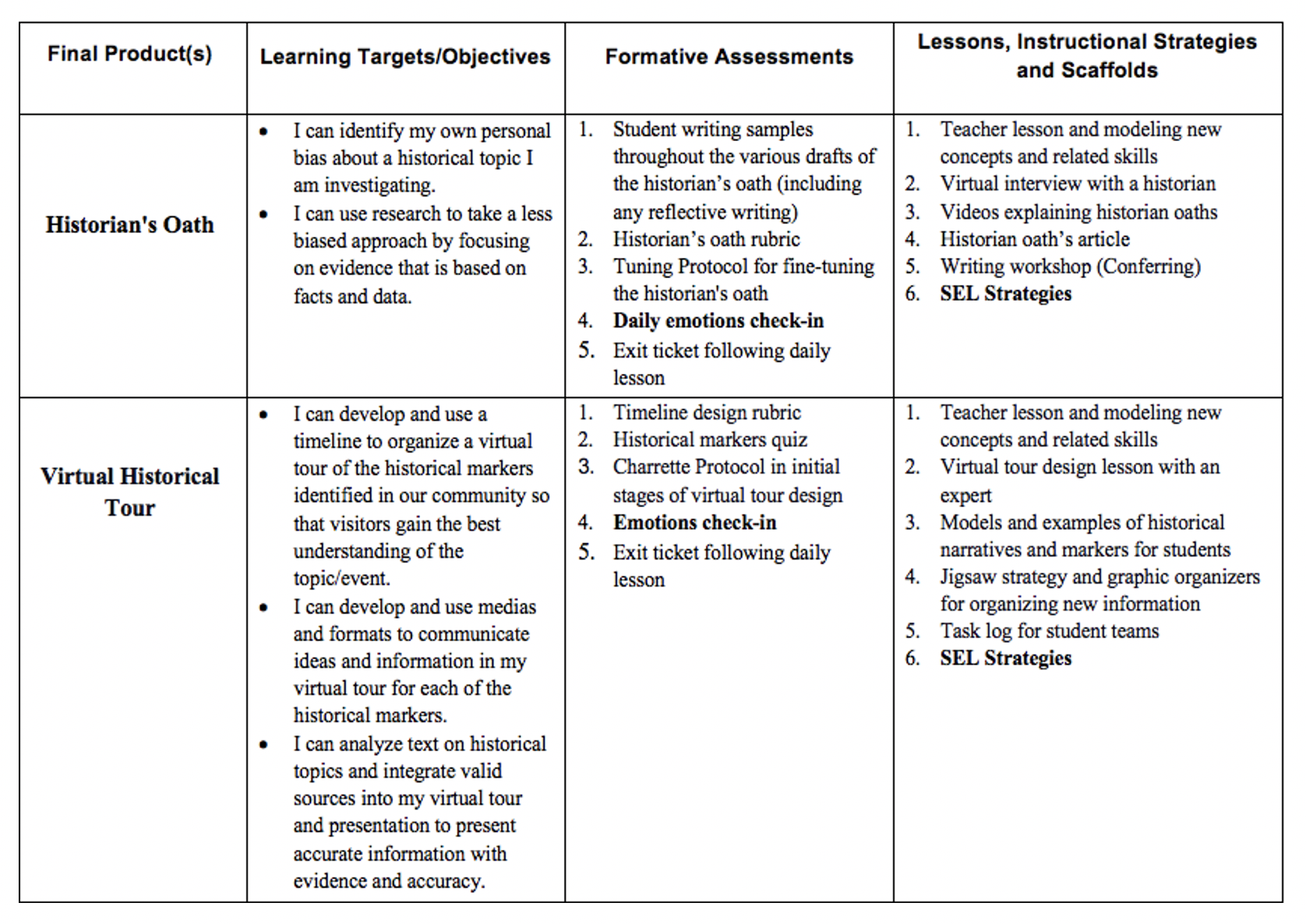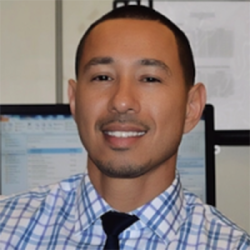
The most successful PBL teachers have some things in common.
I've noticed this by seeing PBL practices thriving in many different contexts—from busy cities like Los Angeles and New York, to rural parts of South Carolina and North Carolina, to Kansas, Michigan, and Colorado.
Over the years, I've seen 3 common success ingredients among PBL practitioners:
● They know their students deeply, which allows them to design emotionally compelling projects for them.
● They adapt projects they didn’t invent, but make them their own.
● They collaborate with real-world partners that authenticate and make content in projects meaningful for students.
Here are some pro-tips and strategies for immediately leveling up your PBL practice by incorporating these ingredients.
1. Look for ways to emotionally engage students.
Emotional engagement in this context refers to how much a project’s central theme and focus tug at a kid’s heartstrings and is critical for enticing them to want to do project work. For this purpose, teachers will need to look for ways to make projects more culturally and socially relevant to the students in their classrooms. We can only do this successfully if we know our students.
Today, many learners are inspired by current events to fight for social justice and help others in their communities obtain the basics for life (e.g., access to food and shelter) – and now digital access for school, which for many has been severely impacted by the pandemic. Moreover, some learners lack confidence, struggle with identity, lack a sense of belonging, experience hardships, have learning disabilities, lack social skills, or simply need to develop their voice. Although easier said than done, the key here is to know our students and where their emotions, interests, and academic needs reside.
 I have found the exercise of creating empathy maps as part of the lesson ideation process useful for developing relevant lessons and to better understand both the learner(s) I am teaching and their true academic and social needs. It can also be a useful tool to help grade-level planning teams empathize with their students and develop more equitable, personalized, and emotionally compelling lessons. For getting started, download this nifty empathy map template.
I have found the exercise of creating empathy maps as part of the lesson ideation process useful for developing relevant lessons and to better understand both the learner(s) I am teaching and their true academic and social needs. It can also be a useful tool to help grade-level planning teams empathize with their students and develop more equitable, personalized, and emotionally compelling lessons. For getting started, download this nifty empathy map template.
2. Adapt a project, and make it your own.
As many teachers already know, adapting curriculum or other resources does not mean that we follow each step line by line; we need to personalize it to fit our students' needs. Adapting projects is no different, and there are some things to consider for doing it right.
Adapting one of the projects in the PBLWorks library is an excellent place to start. For example, the Marking History, Making History project really caught my attention because it helps learners with interpretation and perspective-taking as they study historical events/places. These are skills I think are critical to navigating our difficult times.
 To adapt this project, I used the PBLWorks student learning guide template to organize how I want to teach it. I began with my intended student outcomes by identifying major student products in the first column—the Historian’s Oath and a Virtual Historical Tour. I developed learning targets and inserted them in the second column to represent learning goals/objectives for students. I identified formative assessments to ensure students are capturing and retaining learning in the third column. Lastly, lessons, instructional strategies, and scaffolds to help students learn the information are noted in the fourth column.
To adapt this project, I used the PBLWorks student learning guide template to organize how I want to teach it. I began with my intended student outcomes by identifying major student products in the first column—the Historian’s Oath and a Virtual Historical Tour. I developed learning targets and inserted them in the second column to represent learning goals/objectives for students. I identified formative assessments to ensure students are capturing and retaining learning in the third column. Lastly, lessons, instructional strategies, and scaffolds to help students learn the information are noted in the fourth column.
3. Partner with experts to enhance student learning.
Typically, teachers are the masters of the content we teach—but not necessarily masters of how the content is used in the real world. One of the hallmarks of PBL is to learn content in meaningful and authentic ways, which can be achieved by including industry partners/experts during both the project ideation and delivery process.
A great way to identify the right experts in your community is to seek out people in local businesses and organizations. Who in your community is already using the knowledge and tools you're teaching? Can you invite them to help you in your classroom projects?
The first time I did this, I learned that leveraging experts in projects not only enhances learning for students, but teachers as well. As a young engineering teacher in my first crack at PBL, I had my students assume the role of civil engineers who were tasked to help redesign the bridges in the city of Richmond, VA. They learned problem-solving, drafting, and construction skills necessary to build a wood bridge model possessing high structural efficiency.
My student teams received coaching and feedback from a civil engineer throughout the various stages of design and testing. It was in these sessions where we learned that architects are also responsible for the artistry in bridge design.
After learning more about the various professionals responsible for designing bridges, I expanded future iterations of this project to include allowing students to work as architects and in an entrepreneurial fashion. They learned to develop professional and up-to-code plans using the AutoDesk structural design features software to market their artistry and design for local architectural firms effectively.
With more exposure to experts and more learning, we eventually added project manager to the list of possible roles students can choose from in this project. I found that expanding the number of roles students could assume taught us how collaboration between professionals creates the multidisciplinary skill sets required for large scale projects in the engineering fields.
How are you leveling up your PBL practice? We'd love to hear from you! Connect with us on Twitter @PBLWorks and let us know.

